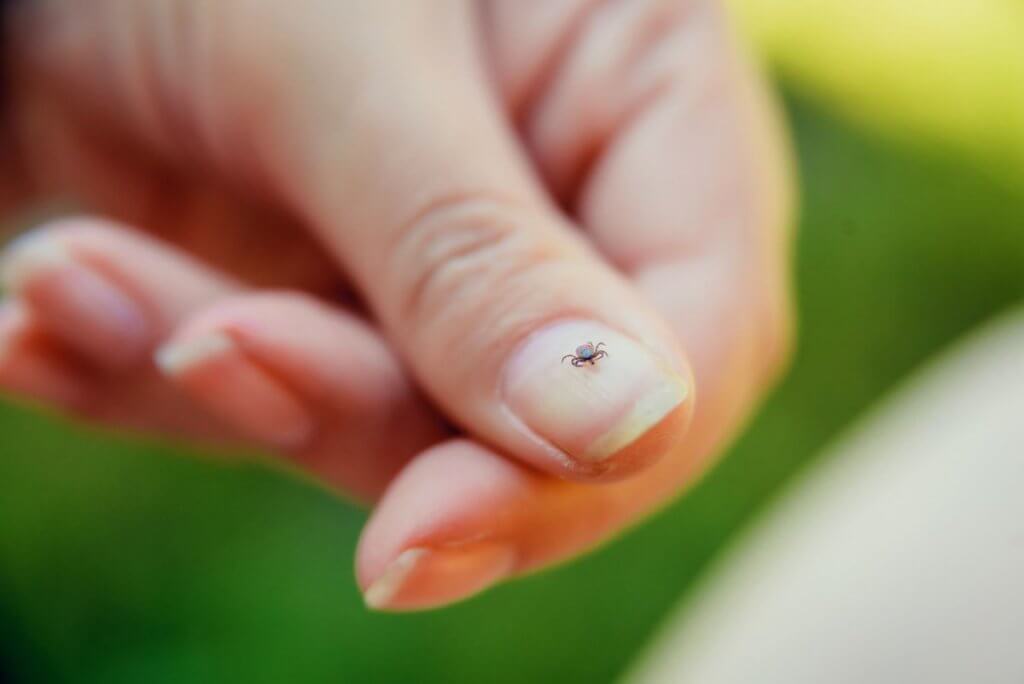Fleas and ticks are not the kinds of things you want to mark on your calendar. However, if you have a furry friend, it is crucial to know when they are most active in your area. These bugs can be a nuisance to you and your pets. Fortunately, you can let your guard down a little during the cold months. It’s nice to know when the flea-and-tick season is in your area.
However, as the days get warmer, the bugs become more active, and pest control should be on the top of your mind. For those who live in warm parts of the country, dealing with ticks and fleas is a year-round activity. Read on and learn when to be vigilant, why you should be alert, and a few safety tips from veterinarians.

When Are Fleas And Ticks Most Active?
There are more than 200 types of fleas. The one most commonly found on domestic cats and dogs is Ctenocephalides felis or cat fleas. Fleas require a host to survive. Unlike most bugs, fleas cannot fly to their host.
But they can jump as much as 200 times their size and latch on to a passing dog or cat. Once on the warm fur, they immediately begin sucking blood and reproducing. The little bloodsuckers cannot tolerate low temperatures. So, their cocoons will remain dormant during the cold months.
Ticks live on tall grass and latch on to a passing animal to be their host. Therefore, there is a greater risk during the warmer months when the backyard would be bushy.
Here Is A General Picture Of When You Should Heighten The Flea And Tick Alert
- If you live in the middle sections of the US, including states like Colorado, Kansas, Illinois, Missouri (including Kansas City), Kentucky, and Ohio, fleas, and ticks are a greater risk between March and December.
- Further North, in states like Nebraska, South Dakota, Iowa, Minnesota, and Wisconsin, the flea and tick season begins later in April and ends earlier in November.
- Few states in the North, Like North Dakota, and Wyoming, experience a shorter flea and tick season. It starts in May and ends in November.
- In states like New York, Michigan, and Alaska, the flea and tick season is even shorter, lasting only five months from May to October.
- You should be alert all year round if you live in warmer states. This includes California, New Mexico, Texas, Louisiana, Mississippi, Florida, Alabama, Georgia, North Carolina, and South Carolina.
The Effect Of Climate Change And Global Warming
Although the fluctuations of flea and tick season make sense, a lot has changed. Climate change, global warming, deforestation, and many other natural phenomena are changing how fleas and ticks behave. Areas in the North that were less conducive for fleas and ticks, like Montana, have extended flea and tick seasons.
Learn How To Prepare Your Lawn For Treatment
Also, Arkansas, which lies in the middle of the US, has an almost year-long flea and tick season. Plus, fleas can hide in our homes in the upholstery, rugs, or even clothes and mattresses.
Thus, they can live and reproduce anytime. It is crucial to be vigilant all year round, regardless of where you reside. And when treating your pet, consider exterminating pests from the entire house.
Why You Should Be Alert
Fleas and ticks are more than just a blood-sucking nuisance. They host and transmit diseases like Lyme disease, Babesiosis (similar to malaria), Rocky Mountain Spotted Fever, and ehrlichiosis (a bacterial infection.) A flea-infested dog or cat is perhaps the most miserable pet you could have. If you love your pet, you will take steps to prevent flea or tick infestation.
When you are vigilant, you take preventative measures like smearing topical medicines and giving oral medication periodically. It is much easier than having to shampoo your dog or cat to get rid of the pests or exterminate the pests from your home. Prevention also spares you from costly vet visits and keeps your pet happy.
Here are some vet tips on safely handling flea and tick products

Vet Safety Tips On Flea And Tick Products
Taylor Harrelson of The Vets gave us the following tips to keep the pet and your home safe as you treat:
- Treat right away. If you see signs of fleas or ticks on your furry friend, don’t wait another day. A female adult flea starts reproducing the moment it tastes blood. It can produce up to 50 eggs a day and up to 2000 offspring in its lifetime.
- Follow the manufacturer’s instructions. Check if there is any disclaimer about using the drugs and if it corresponds with your pet’s health condition. For example, some products are not suitable for pregnant animals. Others, especially oral drugs, should not be mixed with other medications.
- Use the right product for the correct animal. Don’t use a dog’s treatment on a cat or vice versa. Also, only administer the recommended amount. Underdosing may cause problems with resistance, and overdosing could also be lethal.
- Use protective gear when administering the treatment.
- If you have several pets in the house, separate them when treating them and keep them apart until the treatment is dry. You should also take care with furniture, as some spot-on treatments can stain or mark leather and other fabrics.
- Be on the lookout for signs of adverse reactions such as abnormal drooling, vomiting, and seizures.

A Final Word On Flea And Tick Season
It is summertime, and your cat or dog is likely to spend more time outdoors than any other time of the year. Interactions with people, different environments, other animals, and nature are at their highest now. Naturally, the likelihood of contracting fleas and ticks also rises incredibly.
Don’t wait to treat or take your pet for treatment due to vector-borne disease. Maintain a tick-free dog or cat all year round by giving them appropriate flea and tick preventative treatment. Remember to check with the vet for the correct dosage. And be sure to treat your lawn for fleas and ticks.
Be Sure To Check Out Our Services:
Termites — Mosquitoes — Spiders — Bed Bugs








